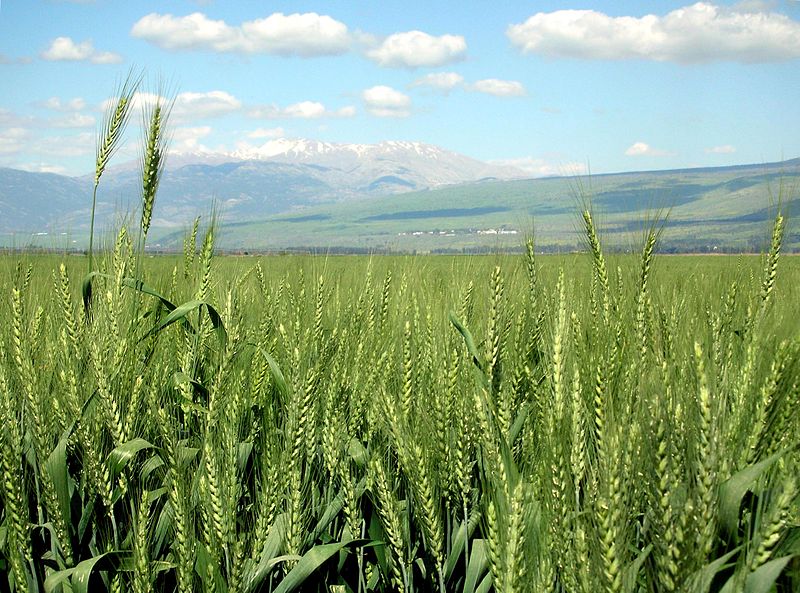Last updated on September 21, 2014

Most of the readers of this blog are familiar with the Green Revolution which, according to Wikipedia,
refers to a series of research, and development, and technology transfer initiatives, occurring between the 1940s and the late 1960s, that increased agricultural production worldwide, particularly in the developing world, beginning most markedly in the late 1960s.
The name most often associated with the Green Revolution is that of Norman Borlaug. Borlaug was a plant scientist and University of Minnesota alumnus whose work on plant breeding led to the maize yield improvements that paved the way for greater food security since the 1970s. Borlaug also won the Nobel peace prize for his work.
The innovations brought forth by the Green Revolution worked really well in Asia and, to a lesser extent, in Latin America (in his book Food Politics, Rob Paarlberg has a good discussion of the institutional differences that led to different outcomes). The Green Revolution, however, has almost completely bypassed Africa (with the result that African yields have either stagnated or decreased over the last few decades), so a lot of the discussion surrounding food policy debates in recent years has focused on how an African Green Revolution can happen, and what it will look like.
A Green Revolution for Africa
What would an African Green Revolution do to global land use and CO2 emissions? That’s the question my Purdue colleague Tom Hertel and his coauthors set out to answer in an article (ungated) titled “Global market integration increases likelihood that a future African Green Revolution could increase crop land use and CO2 emissions” published recently in PNAS. Here is their abstract:
There has been a resurgence of interest in the impacts of agricultural productivity on land use and the environment. At the center of this debate is the assertion that agricultural innovation is land sparing. However, numerous case studies and global empirical studies have found little evidence of higher yields being accompanied by reduced area. We find that these studies overlook two crucial factors: estimation of a true counterfactual scenario and a tendency to adopt a regional, rather than a global, perspective. This paper introduces a general framework for analyzing the impacts of regional and global innovation on long run crop output, prices, land rents, land use, and associated CO2 emissions. In so doing, it facilitates a reconciliation of the apparently conflicting views of the impacts of agricultural productivity growth on global land use and environmental quality. Our historical analysis demonstrates that the Green Revolution in Asia, Latin America, and the Middle East was unambiguously land and emissions sparing, compared with a counterfactual world without these innovations. In contrast, we find that the environmental impacts of a prospective African Green Revolution are potentially ambiguous. We trace these divergent outcomes to relative differences between the innovating region and the rest of the world in yields, emissions efficiencies, cropland supply response, and intensification potential. Globalization of agriculture raises the potential for adverse environmental consequences. However, if sustained for several decades, an African Green Revolution will eventually become land sparing.
Among other results, here is what they find:
- The Green Revolution was land- and emissions-sparing. That is, it did not come at the cost of more land farmed or more CO2 emissions.
- If global markets remain segmented, the African Green Revolution will have similar impacts. That is, if food markets do not become more integrated, there is nothing to fear from a potential African Green Revolution regarding land use or CO2 emissions.
- Conversely, with a fully integrated global economy, a potential African Green Revolution will increase CO2 emissions. But given the slow pace at which the trade of agricultural and food commodities is being liberated, I’m not sure there is much to worry about.
- Also conversely, with a fully integrated global economy, a potential African Green Revolution can be land-sparing, but only in the long run.